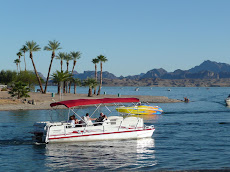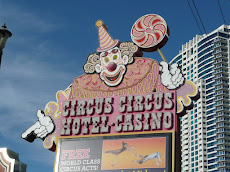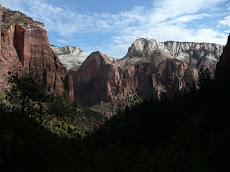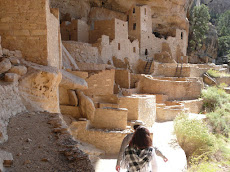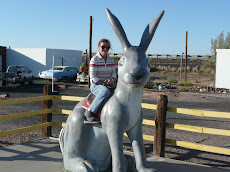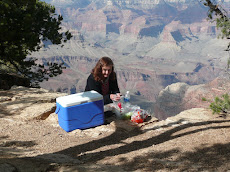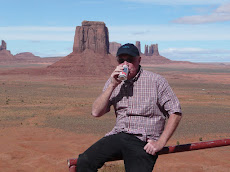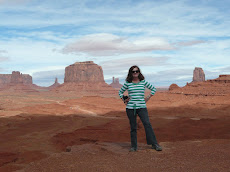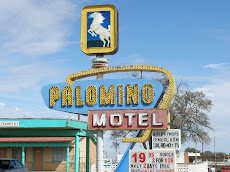12 October
Flagstaff, AZ
Another couple of side trips to off-66 sites slowed our progress to just over 100 kms today. Side trips to Meteor Crater Park near Winslow and the Slide Rock and Red Rock State Parks near Sedona again overwhelmed us with the beauty of the desert landscapes of the USA. We took so many photos they could easily be woven into a video!
Flagstaff, our home for the night, is a small mountain city. We have been here before, but much later in the year. It was warm (very) during the day but, as soon as the sun disappears, the altitude and the lateness of the season pull the temperature down to close to freezing – but in our motel room we are isolated from all of that!
And, no, we didn't forget Winona! (Check the “Route '66” song!) But we could easily have done so – not much there – it sort of forgot itself!
Speaking of motels... it is probably about time we wrote a little about US Motels.
Tonight's domicile is probably a good place to start. This is a Knights Inn, one of the smaller chain motels that dominate the US accommodation market. The basic rule of thumb with motels is – you guessed it – you get what you pay for. This Knights Inn is costing us about $50 AU per night. For that, we get a clean room, cable TV with 50+ channels, free Internet, in-room coffee machine, a queen bed, hairdryer, air-conditioning and a spotless bathroom. Breakfast in the morning is free but it is likely to be coffee, a range of donuts and bagels and a choice of two sugary cereals.
This is one of our cheapest nights. More upscale chain motels like Hampton Inns or Comfort Inns here in Flagstaff would probably set us back $80+ AU. The rooms would be bigger, with a king bed or two queens. There might be a fridge and microwave. The lobby would be far nicer and the front desk service staff would wear suits rather than T-shirts.
Our most popular chains, Motel 6, Super 8, Days Inn and Travelodge are generally priced between $50 - $60 per night. On a good night, they might have all the services of the upper range motels, excluding the suits! The difference is usually all about location. The Budget range motels are usually near the Interstate and the railway line! The flash motels are closer to town.
A few times to date, we have tried the “mom and pop”, privately owned motels, which have been pretty much on a par with the others. What usually directs us, however, are the coupons in the magazines that we pick up on state lines which offer great savings on rack rates.
We haven't even mentioned the Very Top of the line, Hiltons and Ramadas. Their prices are well beyond the wallets of long term travellers like us. We just don't see the point of paying for super-flash lobbies, cool-suited staff and rooms that are generally only marginally better-appointed than the budget chains. These joints will cost $200+ and then all the tips and valet parking traps that go with the “High Life”.
One last tip. In Vegas, you can have all that the Hilton offers and more for $50 per night! Just stay away from the Casino floor!
10 October
Winslow, Arizona
To standing on a particular corner in Winslow Arizona is why most people doing Route 66 stop here. The 1970s Eagles' classic is immortalised in this fairly sad strip motel town with a small monument, a mural of “the girl in the flat-bed Ford” and “Take it Easy' blaring out most of the day and night.
Over the past couple of days, we have had a fair degree of exposure to American Indian culture, both ancient and modern. In New Mexico we visited a Cultural Heritage museum in Albuquerque and enjoyed a native dance show. A little repetitive, but interesting all the same. Our exposure to modern Indian culture was in one of our favourite locations in the US – a WalMart in Gallup, New Mexico. It was Saturday afternoon and the place was packed! Packed with dark-haired dark-skinned Zuni Indians from the largest Pueblo in New Mexico. It was really strange to be among the VERY few non-Indians in the place.
Just over the state border in Arizona, we headed off Route 66 to visit Painted Desert and Petrified Forest National Parks. Every time we visit one of the US National Parks, we find another scenic gem. These parks were no exception – desert scenery at its best on a sunny – even - hot! day. It was also windy most of the day so Paul's face is as scarlet as the shirt he wore today!



